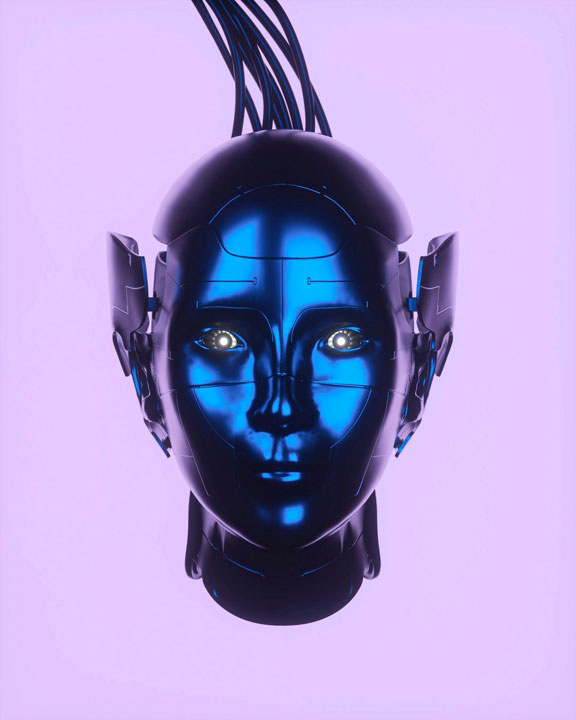I was sitting with a founder last week who'd just blown through their third website redesign in eighteen months. "We keep adding features," they said, "but somehow it gets worse every time." Their problem wasn't design talent or budget. It was the absence of a system—a living framework that could grow with their ambitions rather than collapse under them.
This is where web design systems become essential. Not as rigid templates or corporate style guides, but as flexible infrastructures that let teams move fast without breaking things. Think of it as the difference between building with Lego blocks versus sculpting with clay. One approach scales; the other requires starting fresh every time.
"The best design system is invisible until you need it".
The most effective web design systems I've encountered share a deceptively simple premise: create once, deploy everywhere. Figma revolutionized this with their component libraries, but the philosophy runs deeper than tools. It's about establishing a visual language that becomes muscle memory for your entire team—from designers to developers to that intern who updates the blog.
Beyond the Component Library
Most founders think web design systems start and end with buttons and color palettes. That's like saying a novel is just words on a page. The real power emerges from the relationships between elements—the spacing logic, the type hierarchy, the way components breathe and interact.
I learned this the hard way working with a fintech startup that had beautiful individual screens but zero cohesion. Their product felt like five different apps stitched together. We spent three months not designing new features, but establishing the underlying grid, the animation principles, the micro-interactions that would make everything feel intentional. Revenue grew 40% the following quarter—not from new features, but from existing users finally understanding how to navigate the product.
"A design system isn't documentation—it's a shared understanding of how your brand moves through digital space."
The smartest teams treat their web design systems as products themselves, complete with versioning, roadmaps, and user feedback loops. Stripe's design team publishes detailed changelogs for their system updates. Shopify's Polaris evolved from internal tool to public resource, influencing how thousands of merchants think about e-commerce interfaces.
The AI Factor
Here's what's shifting: AI is making web design systems both more critical and more accessible. Tools like Vercel's v0 can generate component variations in seconds, but without a system to govern them, you're just creating beautiful chaos. The teams winning right now use AI to accelerate production within established guardrails, not to replace strategic thinking.
Studios like Metabrand are exploring how these systems evolve when AI becomes a collaborator rather than just a tool. The question isn't whether machines can design—it's how human creativity shapes the parameters within which they operate.
I've been experimenting with training models on specific brand systems, feeding them the logic rather than just the visuals. The results are fascinating: AI that doesn't just mimic style but understands the underlying principles. It's the difference between a cover band and a jazz ensemble that knows how to improvise within structure.
Building for Reality
The best web design systems acknowledge that perfection is the enemy of progress. Start with the basics that cause the most friction: typography scales, spacing units, primary colors. Document as you go, not after. Make the system visible through daily use, not through lengthy onboarding sessions.
One founder I know keeps their entire system on a single Notion page—no fancy tools, just clear principles and visual examples. Their team of twelve moves faster than companies ten times their size because everyone speaks the same design language.
Watch how your team naturally wants to break the system. Those friction points often reveal where the system needs to evolve. Maybe your grid is too rigid for marketing pages. Maybe your color palette doesn't account for data visualization. Systems should enable creativity, not constrain it.
The paradox of modern web design is that the more systematic you become, the more creative freedom you unlock. When teams stop debating button corner radius in every meeting, they can focus on the experiences that actually differentiate their product. When developers can grab pre-tested components instead of rebuilding from scratch, they can ship features that matter.
The companies that will define the next decade of digital experience aren't just building products—they're building systems that let them iterate faster than their competition can copy. That's the real competitive advantage hiding in plain sight.










